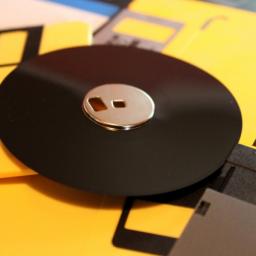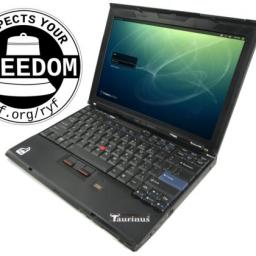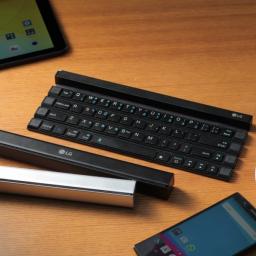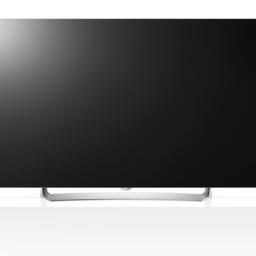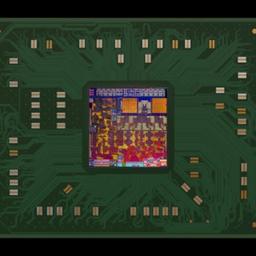360-degree cameras entering the consumer market
Jim Malcolm pulls up a video on his smartphone he recently shot at Disneyland. We see a ride from Jim's point of view. With a swipe of his finger, the camera spins around and we see Jim's face -- same ride, different angle. He puts his finger on the phone's screen and drags it down, and now we can see his kids sitting behind him on the ride.
Malcolm didn't use a traditional camera, he works for Ricoh and the device in his hand is the Theta S, a camera with two lenses that captures images and video in 360 degrees. It is slated to launch this month at $349.99. Quite a bit more affordable than GoPro's $15,000 360-degree camera array.
A lot of cameras can do 360-degree video in the horizontal plane (the "doughnut" effect), leaving out anything above or below the camera. Just stick the Theta S camera slightly above your head, push a button, and it captures everything.
Other consumer camera makers are also giving it a shot. 360fly, a black, orb-like camera, went on sale at Best Buy in August for $399.99. It also captures video footage at all angles and is waterproof. Bublcam is another 360-degree, ball-shaped camera with multiple lenses slated to launch this year for $799. Then there's Giroptic's palm-size 360-degree camera that resembles a children's toy with three eye-like lenses. It's available for pre-order at $499. The Theta S and the Giroptic can capture in high definition. The 360fly can hit nearly 30 frames per second, which is not too shabby.
"Part of the problem with 360-degree cameras is there's not an easy way to view or experience the content either in virtual reality or outside of it," said Brian Blau, an analyst at research firm Gartner. "And that's because it's so new, there aren't a lot of standards in software and there isn't a lot of infrastructure support yet." Facebook now supports 360-degree videos. YouTube recently announced its support of 360-degree videos, and camera makers are letting people upload their 360-degree photos and videos to their own websites.
The other challenge is in getting people to use the cameras. The technology is in its infancy, and changing consumer behavior is half the work.
http://www.mercurynews.com/business/ci_29050413/360-degree-camera-makers-are-focusing-consumer-market
Malcolm didn't use a traditional camera, he works for Ricoh and the device in his hand is the Theta S, a camera with two lenses that captures images and video in 360 degrees. It is slated to launch this month at $349.99. Quite a bit more affordable than GoPro's $15,000 360-degree camera array.
A lot of cameras can do 360-degree video in the horizontal plane (the "doughnut" effect), leaving out anything above or below the camera. Just stick the Theta S camera slightly above your head, push a button, and it captures everything.
Other consumer camera makers are also giving it a shot. 360fly, a black, orb-like camera, went on sale at Best Buy in August for $399.99. It also captures video footage at all angles and is waterproof. Bublcam is another 360-degree, ball-shaped camera with multiple lenses slated to launch this year for $799. Then there's Giroptic's palm-size 360-degree camera that resembles a children's toy with three eye-like lenses. It's available for pre-order at $499. The Theta S and the Giroptic can capture in high definition. The 360fly can hit nearly 30 frames per second, which is not too shabby.
"Part of the problem with 360-degree cameras is there's not an easy way to view or experience the content either in virtual reality or outside of it," said Brian Blau, an analyst at research firm Gartner. "And that's because it's so new, there aren't a lot of standards in software and there isn't a lot of infrastructure support yet." Facebook now supports 360-degree videos. YouTube recently announced its support of 360-degree videos, and camera makers are letting people upload their 360-degree photos and videos to their own websites.
The other challenge is in getting people to use the cameras. The technology is in its infancy, and changing consumer behavior is half the work.
http://www.mercurynews.com/business/ci_29050413/360-degree-camera-makers-are-focusing-consumer-market
